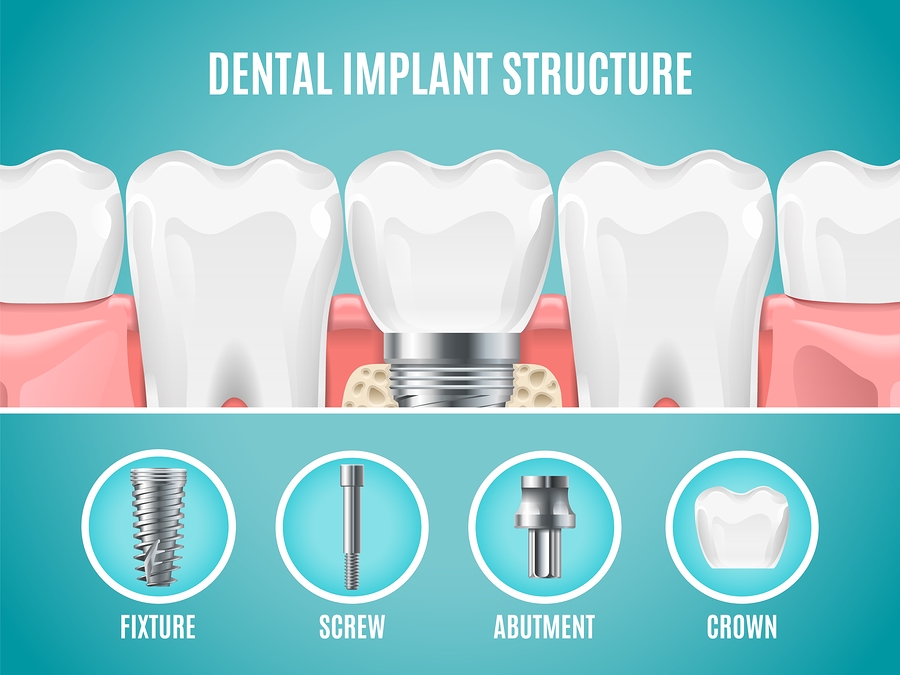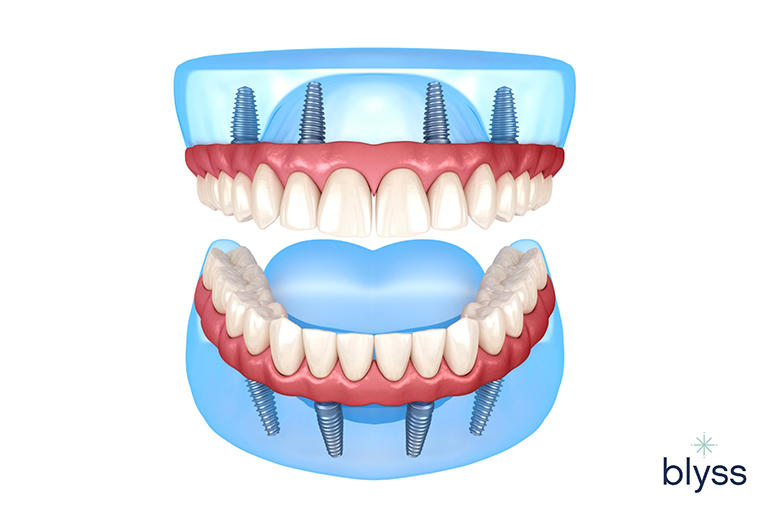Examine This Report on Dental Sense
Examine This Report on Dental Sense
Blog Article
What Does Dental Sense Do?
Table of ContentsNot known Details About Dental Sense What Does Dental Sense Do?All about Dental SenseOur Dental Sense PDFs
are medical gadgets operatively implanted right into the jaw to restore an individual's capability to chew or their appearance. They supply assistance for synthetic (phony) teeth, such as crowns, bridges, or dentures. When a tooth is shed because of injury or disease, a person can experience complications such as quick bone loss, defective speech, or changes to chewing patterns that result in pain.Oral implant systems include a dental implant body and oral implant abutment and might also consist of an abutment fixation screw. Same day dental implants. The dental implant body is operatively inserted in the jawbone instead of the tooth's origin. The oral implant joint is normally attached to the implant body by the abutment fixation screw and prolongs with gums into the mouth to sustain the affixed artificial teeth
(https://www.behance.net/matthewmusic)Structure of The Oral Implant System selecting dental implants, talk to your dental supplier concerning the prospective benefits and dangers, and whether you are a prospect for the treatment. Points to think about: Your overall wellness is an essential consider identifying whether you are a good prospect for dental implants, how much time it will certainly take to recover, and for how long the dental implant might remain in area.
Cigarette smoking might impact the recovery procedure and decrease the long-term success of the dental implant. The recovery procedure for the dental implant body may take a number of months or longer, during which time you commonly have a temporary abutment in place of the tooth. the oral implant treatment: Thoroughly comply with the oral hygiene guidelines offered to you by your oral service provider.
Our Dental Sense Statements
Implant failing can lead to the need for one more operation to fix or replace the implant system. Restores the capacity to chew Restores cosmetic look Assists keep the jawbone from diminishing due to bone loss Protects the wellness of the surrounding bone and gums Aids keep nearby (nearby) teeth stable Improves quality of life Damage to bordering all-natural teeth during dental implant positioning Injury to the surrounding tissues during surgery, such as sinus perforation Injury during surgical procedure (for instance, fracture of bordering jawbone) Inadequate function, such as feeling like the teeth do not bite together generally A sensation that the tooth is loose or twisting in area arising from a joint screw loosening Implant body failing (looseness of the implant body) due to systemic infection, which might be much more likely in individuals with unrestrained diabetes because of local infection in bone and gums sustaining the dental implant body as a result of postponed healing, which might be more probable in people that smoke Difficulty cleaning up the gum tissues around the implant, causing bad dental hygiene Untreated periodontal disease Post-surgical numbness as a result of nerve impingement or damages Constantly notify wellness treatment carriers and imaging specialists that you have oral implants prior to any magnetic vibration imaging (MRI) or x-ray procedures.
FDA is not conscious of any unfavorable occasions reported for MRI or x-ray procedures with oral implants. Dental implants systems are usually made of products that comply with international consensus standards of the International Company for Standardization (ISO) or ASTM International. These criteria have details of what makes a secure material.

An oral implant is a structure that changes a missing tooth. With screw-like devices, the specialist inserts an implant right into the jawbone, and it works as a support for a man-made tooth, called a crown. A tool called a joint links the synthetic tooth to the dental implant. The crown is personalized to fit the individual's mouth and match the color of their teeth.
Not known Facts About Dental Sense
Some individuals are not qualified for dental implant surgical treatment. It is for dental surgeons to operate people with: severe illnessuncontrollable metabolic diseasebone or soft cells disease or infectionIf these problems are settled, a person can have the surgical procedure. In, dental cosmetic surgeons abstain from operating people with: If individuals with any of the above undergo dental implant surgery, there is a greater risk of the implant failing.

Dental dental implant surgical treatment is a customized procedure. It's not the exact same for every person. But the complying with offers a basic introduction of what you can anticipate your dental professional, oral cosmetic surgeon, periodontist or prosthodontist to do: Put the dental implant operatively. Give you time to recover. Attach the blog post and final crown, bridge or denture.
Next, your specialist will thoroughly place the dental implant into your jaw. Your specialist will reposition your gums and close the cut with stitches. If your dental implant is near the front of your mouth, your dental practitioner will make a temporary tooth for you to put on until you heal. This way, you won't have a space in your smile while you recover.
Fascination About Dental Sense
Your copyright can inform article source you what to expect in your scenario. During the healing phase, your jawbone needs to fuse to the dental implant. This procedure, called osseointegration, is vital for stability and long-term success. This process can take anywhere from 3 to nine months. In some cases, it might take much longer.
When your dental implant heals, your dentist can attach the joint (tiny adapter blog post) and your last restoration (crown, bridge or denture). This normally takes regarding one hour to finish and may call for a 2nd minor surgical treatment. You shouldn't feel any kind of pain throughout your dental implant procedure due to the fact that your copyright will utilize medication to numb your gum tissues.
Report this page